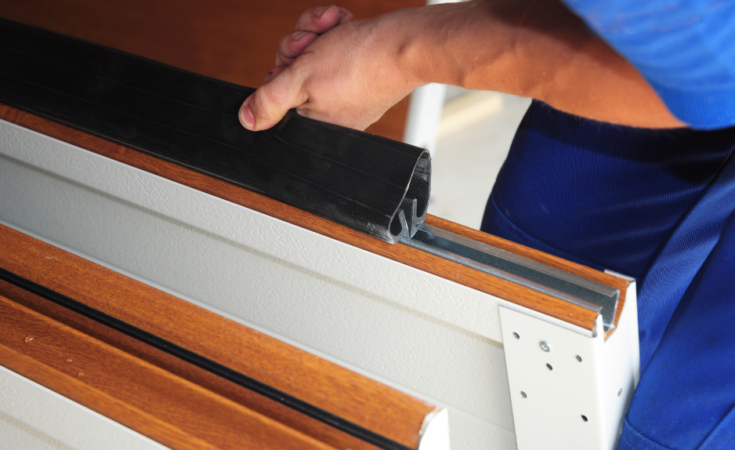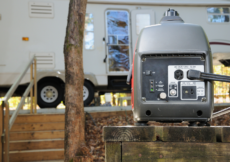Not every house has a garage, but they can be extremely useful. Aside from being somewhere for you to park your car, a garage can act as extra storage, a place to workout, somewhere for a bit of DIY building or even somewhere to play music.
However, because a garage is so versatile, you’ll want to make sure it is soundproof, and a large part of this is creating a good garage door seal. This is to stop external sound getting in and disturbing you, but also to stop noises you might be making from annoying the neighbors. But how do you do this?
Below we have compiled a guide all about how to seal your garage door from the inside, including methods you can use and materials to work with. So, if you want to build that shelving unit or get the band back together, your garage can be a quiet place to do so. Keep reading on.
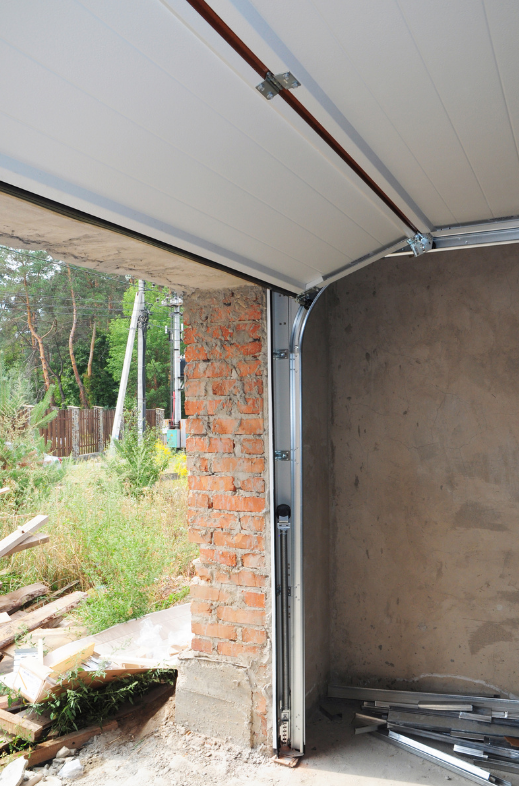
Why Do I Need To Seal My Garage Door?
You might be wondering, why do I need to seal my garage door? Well, you might not need to. If you only keep your car in your garage, or rarely go in there, then there might not be a reason to do so.
However, what you might not know is that sealing your garage door helps to protect it from the elements. If your garage doesn’t have a tight seal around it, rain, wind and snow could wreak havoc on the contents of your garage, including your car. And, if you paid a lot of money for your car, you’ll want to make sure it is safe inside the garage! Sealing the garage also prevents animals from getting in at night, who might just decide to take up residence inside.
Of course, one of the biggest reasons you’ll want to seal your garage door is to help soundproof it. If you spend a lot of time working in your garage, or the wall to your house joined to your garage is thin, you won’t want to be disturbed by excess noise that could be coming into your garage from noisy neighbors or traffic on the road.
Similarly, if you make a lot of noise in your garage, you’ll want to make sure it is sealed so you don’t disturb those who live around you. You’ll be able to have peace, quiet and privacy in your jamming sessions or if you’ve turned the space into your workshop.
Many people don’t use the garage for their cars or storing excess junk they have lying around, but instead convert the space to be used as something completely different. For example, some people build a soundproof studio inside their garage for music recording or voice over work, and others convert theirs into a gym for a quiet space to workout. In any of these situations, having a sealed off space that is free from noise is very important.
What’s more, a sealed garage can prevent light from seeping in. This is not always important to everyone, but if you like your garage to be a dark place or are using it for a specific purpose, such as a dark room, sealing the door from light is necessary.
How To Seal A Garage Door From The Inside
Now you know why you might want to think about sealing your garage door from the inside, let’s take a look at some of the ways in which you can achieve this, and some of the materials you might need for the best results. We have split these methods into three sections: sealing your garage door from the bottom, sealing your garage door from the top and sealing your garage door from the sides.
To know which area of your garage door you need to seal, we suggest you wait until a sunny day. When the sun is shining, go into your garage and close all the doors, so it is dark inside. With it being dark inside the garage, you should be able to see where there are cracks and gaps in the door by where the sunlight in shining through. These are the areas you will then need to seal.
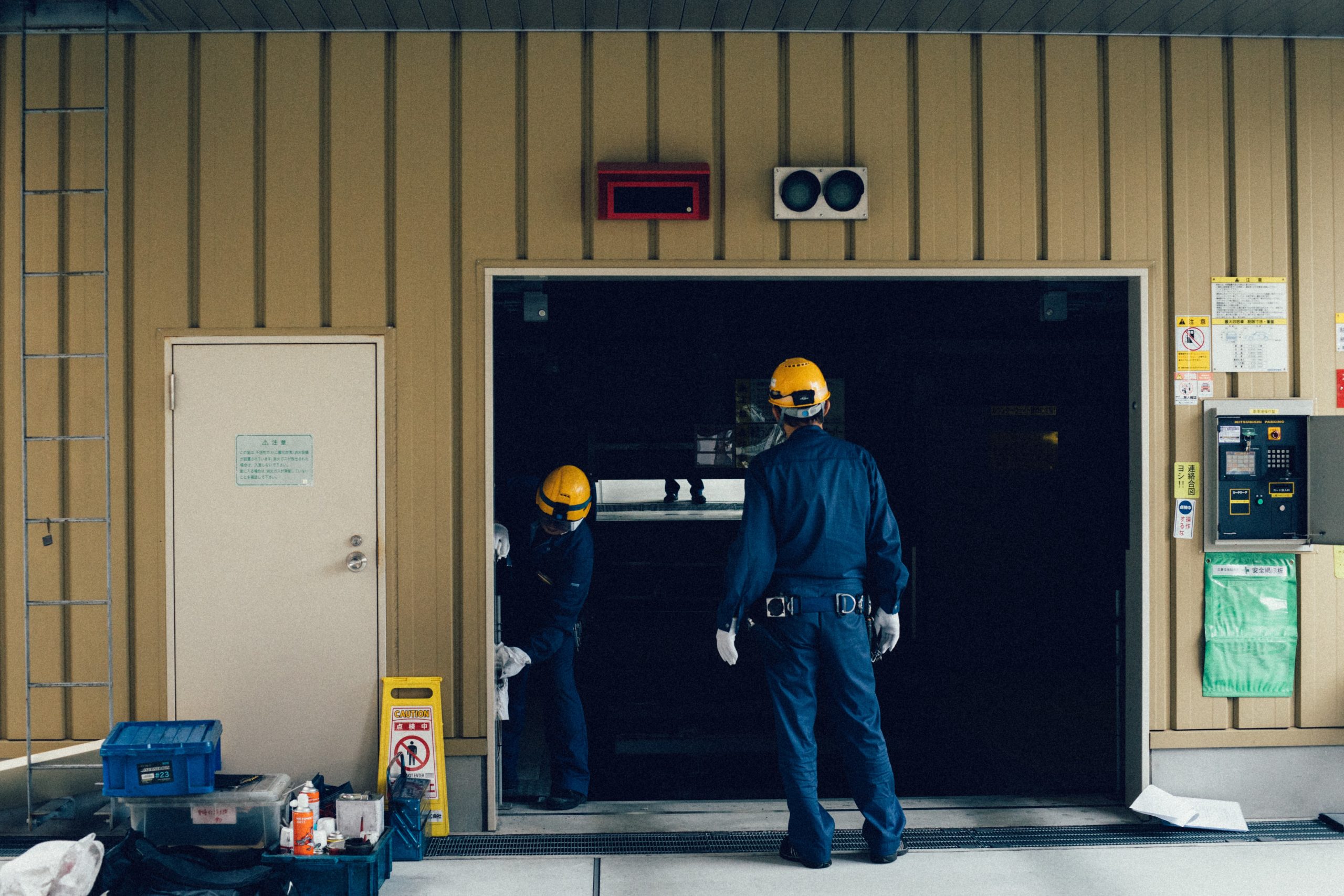
Garage Door Seal – Sealing The Bottom
Floor Seal
A garage floor seal is an easy and effective way to seal the bottom of your garage door. They don’t cost a lot, and are not difficult to install. Floor seals are great at stopping noise and light from getting into the garage, as well as bugs, rain, and general dirt.
To install, clean the bottom of the garage door and the floor. Then measure the area below the floor so you know the exact size of the seal to cut. Apply the seals in a criss cross style and let it dry for a day before using it.
Bottom Seal
A garage door bottom seal is also very easy to install and is U-shaped. All you need to do is clip them in place, and you don’t need to use any glue or screws to secure it.
To fit a bottom seal, measure the bottom of your garage door and cut the seal to size. Then you can just clip it into place. It will compress each time the garage door closes.
Brush Strip
A brush strip is the best option for garage doors that have been damaged by rust or rot. You cannot affix a seal to a damaged door because it won’t hold and could damage the structure, so a brush strip works instead.
A brush strip splays out on the ground at the garage door closes, helping to prevent a seal and protect your garage from the elements.
Threshold Seal
A threshold seal is similar to a bottom seal, except it is attached to the floor and not to the door. It is very effective and durable in comparison to other seals and comes with its own adhesive.
A threshold seal is made of oak, a type of hardwood, and prevents things from getting into the garage. They are usually used the the driveway slopes down to the garage, as the oak is effective enough to block water from getting into the garage.
Garage Door Seal – Sealing The Sides
Weatherstripping
Applying weatherstripping to the sides of the door is a great way to stop dirt, debris, animals and noise from getting in. It is very easy to apply — all you need to do is measure the size of the edges of the door and buy the right sized tape that will fit.
You’ll need to ensure the edges are clean and dry before applying the weatherstripping. You’ll also need to leave it for a day to dry after you have applied it.
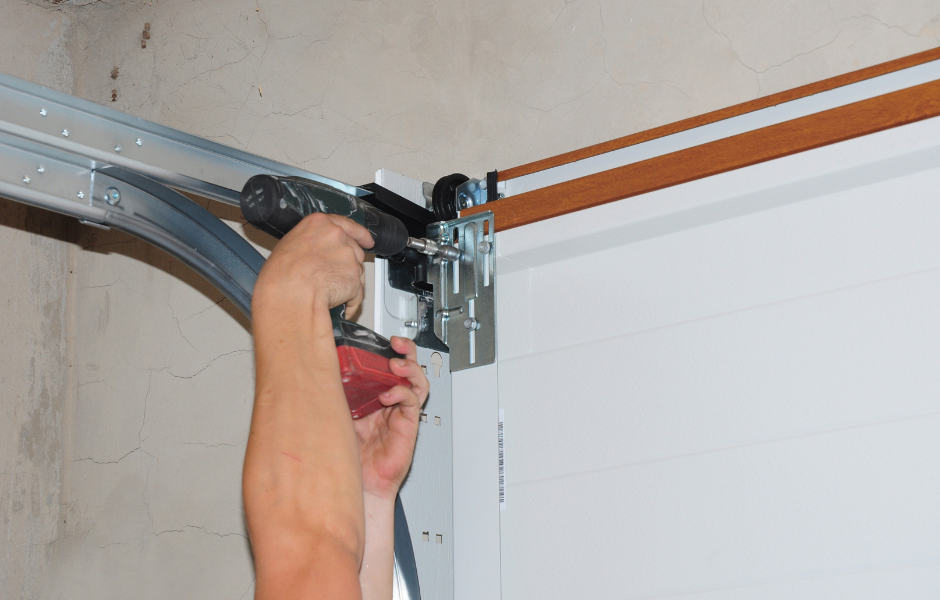
Garage Door Seal – Sealing The Top
Weatherstripping
Like with the sides, you can use weatherstripping at the top of your garage door to seal it, too. Measure the top of your door and cut the weatherstripping to size. The same applies: make sure the top is clean before applying it and leave it to dry for a day before closing the door.
Top Seal
While a weatherstripping seal will work for sealing the top of the garage door, a top seal will work better. A top seal is a strip of rubber that creates an airtight seal in your door.
We recommend you apply the top seal to the upper frame of your door. If you place the item on the garage door, it may tear off. Like with the other seals, measure the top seal to size and then fix it in place with glue. This seal could take longer to dry than the other seals because it installs against gravity.
Another great benefit of the top seal aside from noise reduction is that you will notice a huge change to your garage’s temperature level after installing one. This is due to the fact that hot air usually rises to the top of any object or room, so the seal will prevent hot air escaping through gaps in the top.
Advantages And Disadvantages Of Sealing Your Garage Door From The Inside
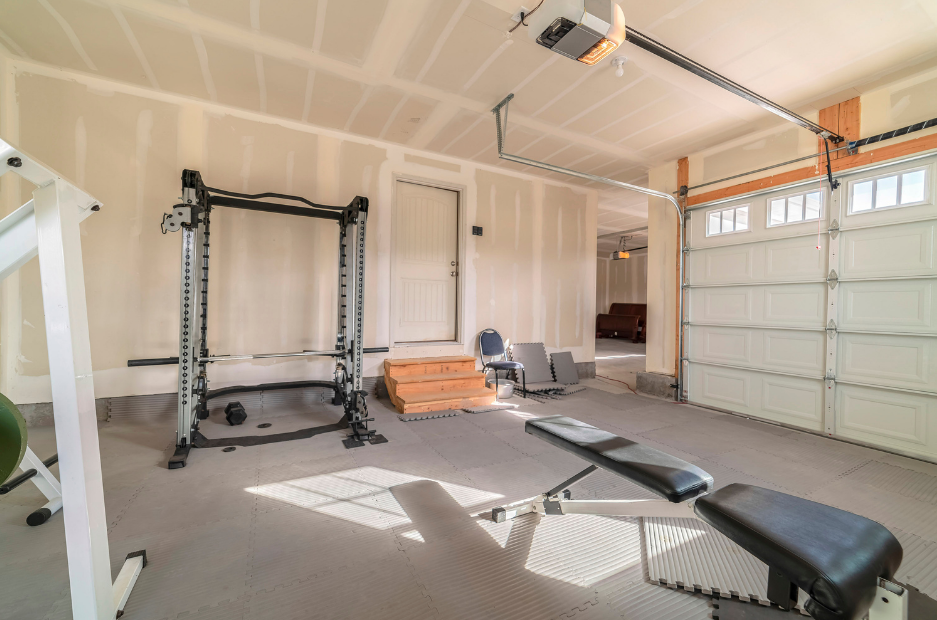
Advantages
As we have mentioned above, there are many reasons why you would want to seal your garage door and many advantages to doing so. The main advantage is, of course, that it helps to soundproof the garage and prevents unwanted noise getting in and sounds from leaking out. Sealing the door protects the garage from the elements, too, preventing rain and snow from getting in and protecting any items you are storing inside.
Another advantage from sealing your garage from the inside is that it helps with the overall aesthetic of the garage and your house. Instead of sealing from the outside, which might add seals that draw the eye in the wrong way, the seals are hidden on the inside and don’t interfere. Sealing from the inside also gives you better protection than sealing from the outside.
Disadvantages
Of course, there are downsides to sealing your garage door, too. One is the cost — you may have to spend a bit of money on the soundproofing and sealing materials to make sure you do the job properly.
One of the other disadvantages is that you can never fully seal your garage door. While you can do a pretty good job and prevent a lot of noises or rain from getting in, the seal will never be completely tight. This means there could still be some leakage through the top, bottom and sides of your garage door that you will just have to live with.
Other Ways To Soundproof Your Garage Door From The Inside
You might be wondering if there are other ways to soundproof your garage from the inside instead of just sealing the door. As with soundproofing a room, there are many ways to do this. One of the most popular ways to do this is to add insulation to the inside of your garage. Not only is this a good way to keep sound out, but it also helps to keep the warmth in, which is great in the colder months.
Using garage door insulation is a cheap and effective way to soundproof it. There are different ways to do this, and different types of insulation. Let’s take a look at the different types of insulation below.
Types Of Insulation
Reflective Insulation
Reflective insulation has several layers, with polyethylene and cardboard, plus a layer of aluminum foil on one side. This is great if you need to reflect radiant heat and is best used in hot climates because it makes the garage warm during the winter and cold during the summer.
Foam Board Insulation
Foam board insulation is made of polystyrene material and come in the form of panels which you attach to the wall. They are quite thin but are good at insulating without adding too much weight to the walls. Manufacturers often offer these panels pre-cut, but you can also get them as a sheet so you can cut it yourself.
Batt Insulation
This type of insulation is made from fiberglass material. It is backed by paper or foil, and works as a vapor barrier. You can use batt insulation if your garage door has containment structures similar to joists in a wall. This method is very energy efficient.
Summary
Sealing your garage door can help prevent sound, rain, cold air, bugs and dirt from getting in and causing disruption. There are many different ways to do this and the method you choose will depend on the part for the door you are looking to seal, but the result should leave you with a quiet and clean garage space that you can use for many different purposes. So, whether you’re just storing your car, doing a few DIY projects, or are looking to start up a band in your garage, hopefully some of the methods in our list above will help to give you the quiet space you have always wanted with your sealed garage door.

